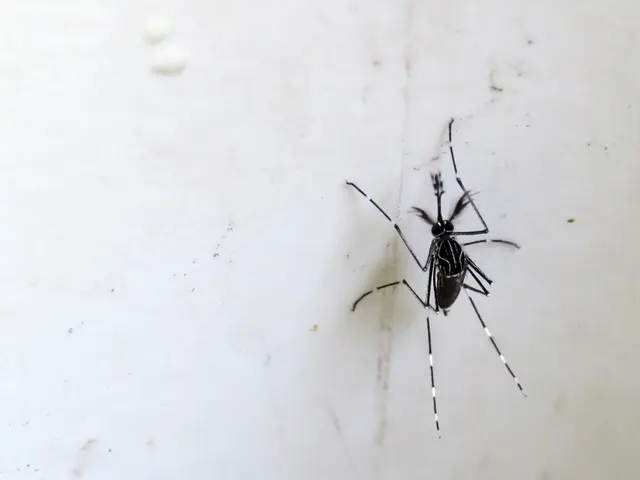A Fungal Catastrophe in the Real World: Experts Believe It May Be Plausible
In recent years, a silent battle has been brewing against fungal infections, with cases of certain diseases like Valley Fever on the rise in Arizona and California. According to the latest reports, over 14,770 cases of Valley Fever were reported in Arizona alone in 2024.
This once Southwest U.S.-limited disease is now creeping northward due to rising temperatures, expanding its reach and causing concern among health professionals. Valley Fever, caused by the fungal agent Coccidioides, is particularly challenging to treat, and if left untreated, can lead to serious complications.
One of the main obstacles in combating fungal infections is the lack of effective human antifungal vaccines. Currently, no vaccines exist, but progress is being made. Dr. Edward Robb, a renowned scientist, and Anivive's Chief of Strategy are developing a potential vaccine named "Candivax." If successful, this vaccine could be a game-changer, but it is still several years away from human use.
Meanwhile, efforts are being made to develop new antifungal drugs. Rex's company is testing a drug that starves fungi by blocking DNA replication. However, the development process is slow, with only nine new antifungal drugs currently in development and only four new drugs approved in the past decade.
The lack of progress in this area is particularly concerning given the increasing danger posed by fungal pathogens. Fungal infections are becoming increasingly drug-resistant due to climate change, and experts agree that they are an underestimated threat.
One of the most dangerous types of fungal infections is fungal brain infections, which are incurable once they reach the brain. The blood-brain barrier shields the brain from most fungal defenses, making these infections particularly difficult to treat.
Another worrying development is the spread of antifungal-resistant fungi like Candida auris, which was first detected in 2009 and has since spread globally. The World Health Organization (WHO) issued its first-ever report on fungal threats in April 2024, warning of a critical lack of treatments.
Without better vaccines and treatments, humanity could find itself in a silent battle against increasingly widespread, drug-resistant, and deadly fungal infections. It is essential that research and development efforts continue to progress to combat this growing threat.
Read also:
- Peptide YY (PYY): Exploring its Role in Appetite Suppression, Intestinal Health, and Cognitive Links
- Toddler Health: Rotavirus Signs, Origins, and Potential Complications
- Digestive issues and heart discomfort: Root causes and associated health conditions
- House Infernos: Deadly Hazards Surpassing the Flames








